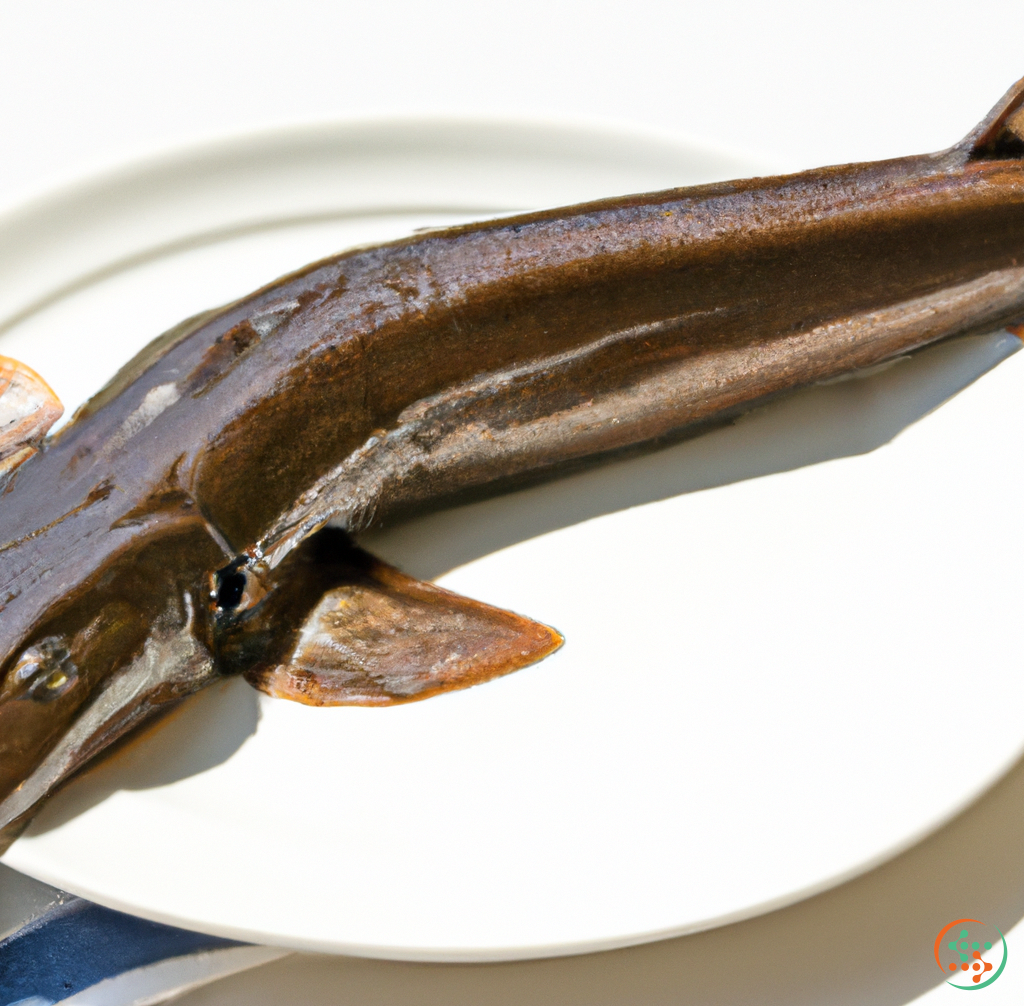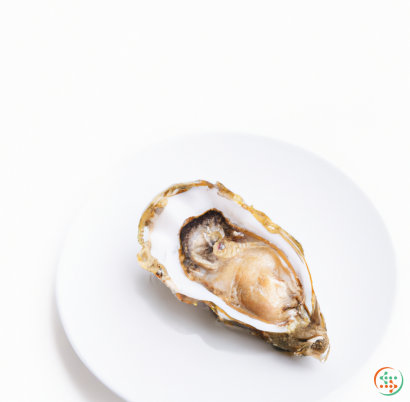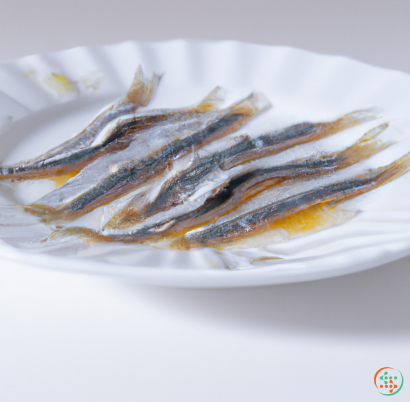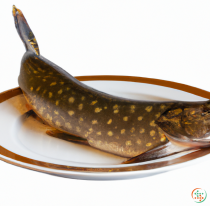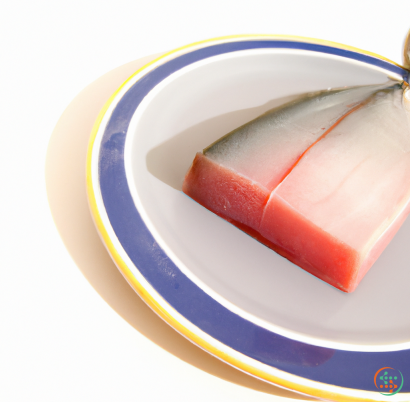Sturgeon
Sturgeon, a primitive schooling fish of the Acipenseridae family, have been around since the time of the dinosaurs, surviving millions of years with almost no modifications. While much of the fauna and flora on the planet have evolved and changed over time, the Sturgeon remains virtually unchanged, its ancient body still closely resembling its prehistoric past. In other words, the modern sturgeon is like a living fossil.
Sturgeon inhabit the cold waters of rivers, lakes and oceans in the northern hemisphere, and can be found in North America, Europe and Asia. They’re a perfect example of the “catch and release” ethos of anglers, as they get to appreciate and admire these amazing fish while bringing them back to their natural homes.
Sturgeon are large fish, some of which can live up to 100 years and grow to a length of 10 feet or more. They are remarkable among other fish as they possess both cartilage and bone, which gives them some unique features. For instance, they have a long dorsal fin - positioned high above the body, which runs along the back of its body - as well as five barbels on the lower jaw, which help them to detect food by taste.
These fish are especially well known for the caviar that comes from the eggs of the female. Sturgeon caviar is considered a delicacy, an expensive treat due to its rarity and trophy status. This rarity is closely linked to overfishing of the species being seen as a lucrative commercial option and therefore being pushed near the brink of extinction in some parts of the world. This, coupled with habitat destruction and pollution, has meant a decrease in the global sturgeon population. Efforts to conserve the species and protect its environment are therefore being undertaken in some countries in order to ensure their future safety.
In addition to commercial and recreational fishing, their skins and flesh are consumed in some parts of the world, though their main purpose is to be admired and appreciated throughout the cold river and lake labyrinths of the northern hemisphere, with fishermen viewing them as a magnificent old-world fish.
Looking like something out of the Jurassic era, these fleshy prehistoric creatures bring something of the ancient world back to life. Their particular characteristics, such as their length, weight and almost ancient appearance, give them a sense of timelessness like no other fish. Fisherman consider these graceful and powerful creatures to be the most special of their kind, which is why it is important that their populations remain stable.
Sturgeon can teach us a lot about the environment and sustainability, and how to care for and protect wildlife from the dangers of environmental degradation. Sturgeon have been around since the dinosaurs, and it is our responsibility to maintain the integrity and survival of these species. After all, Sturgeon are a keystone species; meaning that their presence and health of the ecosystem is of paramount importance, as the ecosystem may become imbalanced or collapse without them.
Overall, Sturgeon are a truly remarkable and ancient species of fish that we must protect. They act as ambassadors of responsible fishing practices, living symbols of our responsibility to protect rare and fragile creatures, and a reminder that we must all take care of our planet and those who inhabit it.
In the words of John Muir, the famous father of the conservation movement, “nobody can adequately appreciate the world’s beautiful landscape and its wild sloping mountains, its deep passes, and its bird-haunted meadows until he has seen the sturgeon of his own native streams.”
Sturgeons: From Sea to Table
The sturgeon is an iconic fish found in both salt and fresh water environments around the globe. One of the oldest living fish, these powerful fish can grow to over six and a half feet in length and weigh up to 550 pounds, and have been a prized food item for thousands of years. The sturgeon has been used to create soups, smoked and pickled, and their roe, or caviar, has been appreciated as a delicacy. While greatly appreciated as a table fish, the sturgeon has a long and complex creation, growth and harvesting process which needs to be understood in order to assess how they reach the dinner plate.
In this article, we will examine the journey of a sturgeon from its initial creation in the wild, through its growth cycle, along with how it is harvested, stored and then finally presented to the diner.
The Creation of a Sturgeon
The sturgeon is a bony fish, with a long and slender body, a large mouth and a nose-like snout. This ancient species of fish dates back to the Late Cretaceous geological period and is a juvenile form of which appears today in areas such as Europe, North America, China, and beyond. Different species of sturgeon inhabit many of the major rivers and saltwater locations including the Caspian, Black and Mediterranean Seas.
The initial creation of the sturgeon begins in the various spawning grounds. Here, at the appropriate time of year, the female sturgeon will arrive, having fed and matured her ovaries since the previous spring when they were spawned. The male and female sturgeon will then engage in courtship behavior and then eventually become entangled in a “love embrace” during which the female will release thousands of eggs into the water. The male will then release millions of milt, which are spermatozoa, into the water surrounding the eggs. As the sperm come into contact with the eggs, fertilization occurs.
The Journey of the Eggs and Fry
Once fertilized and released into the water, the eggs will start their journey in the direction of the currents. The eggs are very small, roughly 1/12 of an inch. As they move through the water, debris and silt accumulate on the surface of the egg, camouflaging their appearance and protecting them from any kind of external damage that the currents and other environmental factors may have caused.
Once the eggs have been swept away from the initial spawning grounds, they drift to a more suitable location where they can hatched and continue on their journey towards adulthood. This is known as the “location of larval development” and typically consists of deeper waters, more protection and abundant food sources.
Here, the eggs will eventually develop into larva, which are small, transparent fish with limited swimming ability. As their development continues, the larvae will slowly start to feed on plankton, algae and invertebrates. As they grow older, they will become increasingly larger and stronger, before eventually reaching the juvenile stage and entering into the adult population of sturgeon.
The Journey of the Sturgeon
Once fully developed, the sturgeon will settle into their eco-system and begin to migrate, with seasonal tides and current moving them around between territories. These migrations will often see them travel over vast distances, sometimes across entire continents in some cases, as they seek suitable feeding grounds and search for potential mates.
Once sturgeon have reached maturity, they return to their spawning grounds at the same time each year. Here, the mature sturgeon can feed and grow before their eventual mating process and spawning season, which usually occurs during late spring or early summer.
The Harvesting Process
The harvesting of the sturgeon is conducted in different ways, dependent upon the location and the species of sturgeon. In some cases, sturgeon may be captured with traps and nets, while certain species can also be fished by taking advantage of the sturgeon’s natural behaviors.
The traditional fishing methods used to catch sturgeon include the gillnet, the drift net and entangling the fish with baited hooks. The gillnet is an effective method, as sturgeon will often swim into these long, fine mesh nets when searching for food. Once the sturgeon is captured, it can be safely lifted from the sea and placed onto a large boat, which will oversee its journey to the processing facility.
At the processing facility, the sturgeon are monitored and assessed for maturity, size and weight, before being prepared for the various forms of product development which will eventually lead to it being ready for the plate.
Storing and Preparing the Sturgeon
Once ready, the sturgeon can be cut into fillets, steaks, and cutlets, which can then be dried or frozen for transport to market and restaurant. Alternatively, the sturgeon’s roe can be extracted and processed into caviar, a highly valued delicacy.
The most common methods used to preserve the sturgeon meat include drying, smoking, pickling and cryogenic freezing. The sturgeon will typically be left in these preserving environments for anywhere up to several months, in order to optimize its taste and texture, before being packaged and transported to market.
Once at market, the sturgeon will typically be sold fresh, but may also be available as frozen, dried or pickled products, depending upon its origin.
Serving the Sturgeon
Once the sturgeon has made its way to the diner’s plate, it can be cooked up in a variety of ways, depending upon the type and preference of the diner. A few examples of cooking methods include grilled, roasted, poached, steamed, flaked, cooked in broth, and pan-fried.
Whether kin being enjoyed as steaks, fillets or roe, the sturgeon is a delicious and flavorsome option. Fully grown sturgeon possess a firm, lean flesh, with a mild-to-strong flavour, while their roe is dark in colour and has a unique and rich flavour.
Conclusion
The sturgeon is an iconic fish which has existed since ancient times and has been enjoyed as a meal since the dawn of civilization. While appreciated for its delicate taste and flavor, the sturgeon is a complex creature which requires a lengthy and very specific process in order to reach a diner’s plate. Created in the wild, the Sturgeon grows and migrates to a suitable location, before then being harvested and transported for processing. Here, it is transformed into a series of products, including fillets, steaks, roe and canned formats, before finally being delivered to the diner.
Whether enjoying a traditional fish dish or a caviar feast, the sturgeon is a delicious and highly nutritious fish which all diners should appreciate.
| Vitamin A | 0.263 mg | |
| Vitamin D | 0.0129 mg | |
| Vitamin D3 | 0.0129 mg | |
| Vitamin E | 0.63 mg | |
| Vitamin K | 0.1 ug | |
| Vitamin B1 | 0.08 mg | |
| Vitamin B2 | 0.09 mg | |
| Vitamin B3 | 0.0101 grams | |
| Vitamin B4 | 0.07 grams | |
| Vitamin B5 | 0.87 mg | |
| Vitamin B6 | 0.23 mg | |
| Vitamin B9 | 0.017 mg | |
| Vitamin B12 | 0.0025 mg |
| Calcium | 0.017 grams |
Daily Value 1.3 g
|
| Iron | 0.9 mg |
Daily Value 0.018 g
|
| Magnesium | 0.045 grams |
Daily Value 0.4 g
|
| Phosphorus | 0.271 grams |
Daily Value 1.25 g
|
| Potassium | 0.364 grams |
Daily Value 4.7 g
|
| Sodium | 0.069 grams |
Daily Value 2.3 g
|
| Zinc | 0.54 mg |
Daily Value 0.011 g
|
| Copper | 0.05 mg |
Daily Value 0.9 mg
|
| Manganese | 0.03 mg |
Daily Value 0.0023 g
|
| Selenium | 0.0162 mg |
Daily Value 0.055 mg
|
| Tryptophan | 0.232 grams | |
| Threonine | 0.907 grams | |
| Isoleucine | 0.954 grams | |
| Leucine | 1.682 grams | |
| Lysine | 1.901 grams | |
| Methionine | 0.613 grams | |
| Cystine | 0.222 grams | |
| Phenylalanine | 0.808 grams | |
| Tyrosine | 0.699 grams | |
| Valine | 1.066 grams | |
| Arginine | 1.238 grams | |
| Histidine | 0.609 grams | |
| Alanine | 1.252 grams | |
| Aspartic Acid | 2.119 grams | |
| Glutamic Acid | 3.089 grams | |
| Glycine | 0.993 grams | |
| Proline | 0.732 grams | |
| Serine | 0.844 grams |
| Total Sugars | 0 ug |
per 100g
|
| Myristic acid (14:0) | 0.2 grams |
|
| Palmitic acid (16:0) | 0.88 grams |
|
| Stearic acid (18:0) | 0.1 grams |
|
| Total Saturated fatty acids: | 1.18 g | |
| Erucic acid (22:1) | 0.03 grams |
|
| Oleic acid (18:1) | 1.84 grams |
|
| Palmitoleic acid (16:1) | 0.52 grams |
|
| Gadoleic acid (20:1) | 0.07 grams |
|
| Total Monounsaturated fatty acids: | 2.46 g | |
| Omega-3 Timnodonic acid (20:5) | 0.25 grams |
|
| Omega-3 Clupanodonic acid (22:5) | 0.06 grams |
|
| Linolenic acid (18:3) | 0.13 grams |
|
| Linoleic acid (18:2) | 0.09 grams |
|
| Total Polyunsaturated fatty acids: | 0.53 g | |
| Cholesterol | 0.08 grams |
|
| Total Sterols: | 0.08 g | |
